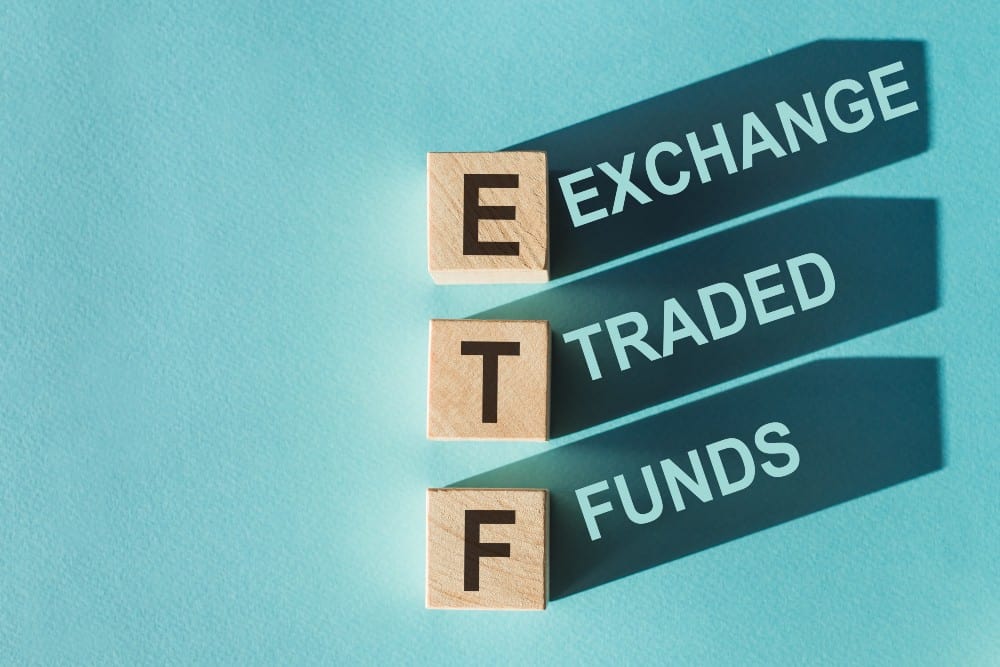Different investors have different risk appetites. For many, it’s more important to keep the capital intact rather than risk losing it in even a slightly volatile investment. But they still need enough returns to beat the impact of inflation. Otherwise, the cash could be kept as is.
Such investors might be quite attractive to ETFs that carry a low-risk rating or a low- to medium-risk rating, which is still a two on the five scales.
A Canadian corporate bonds ETF
iShares Core Canadian Corporate Bond Index ETF (TSX:XCB) carries a low-risk rating — the safest there is. And it’s quite understandable, considering the index this ETF follows the FTSE Canada All Corporate Bond Index™. The fund aims to replicate the index’s performance as closely as possible and is currently made up of about 968 holdings.
These holdings are corporate bonds issued by major Canadian corporations, most prominently the Big Five banks and three telecom giants (all eight securities are the top 10 bond issuers).
In the last 10 years, the fund has returned roughly 27%, but it’s mostly due to the massive decline it has experienced in the last few months. The overall return potential is at least enough to keep your savings ahead of the impact of inflation.
A U.S. preferred shares ETF
BMO US Preferred Share Hedged to CAD Index ETF (TSX:ZHP) is in more familiar territory and is perfect for investors that are looking for a mix of capital preservation and income. This low- to medium-risk ETF offers monthly distributions, and the current annualized distribution yield is quite attractive at 6%.
The ETF is experiencing a slump now, but it mostly remains relatively static. The idea behind the fund is that it invests in preferred shares (higher dividends) to boast the income potential. And since it’s tied primarily to fixed-income assets, the risk is quite low.
This ETF offers more than just capital preservation simply for the sake of capital preservation. Its income focus makes it a powerful asset for conservative investors who wish to draw a decently sized income out of their savings/capital without depleting it.
A conservative ETF
A conservative ETF for conservative investors might feel a bit on the nose, but that’s what BMO has created: BMO Conservative ETF (TSX:ZCON). It comes with a low 0.2% MER and offers quarterly dividends, though the current yield is quite low (2.8%). It carries a low-risk rating, thanks to its holdings makeup, which is almost 58% fixed income.
It’s made up of nine BMO ETFs (and some cash), which result in a bit of over-diversification but also comes with added safety. The geographic distribution is concentrated mostly in Canada, and a sizeable chunk is from the U.S.
The fund is not quite old enough to accurately gauge its performance potential, but it was going up until 2021 end. It has been falling since then.
Foolish takeaway
Choosing an ETF based on its risk rating alone might not be a very smart thing to do. The risk should be taken into account, but there are several other factors to consider as well. The return potential will almost always be lower for low-risk ETFs, but it shouldn’t be non-existent.









